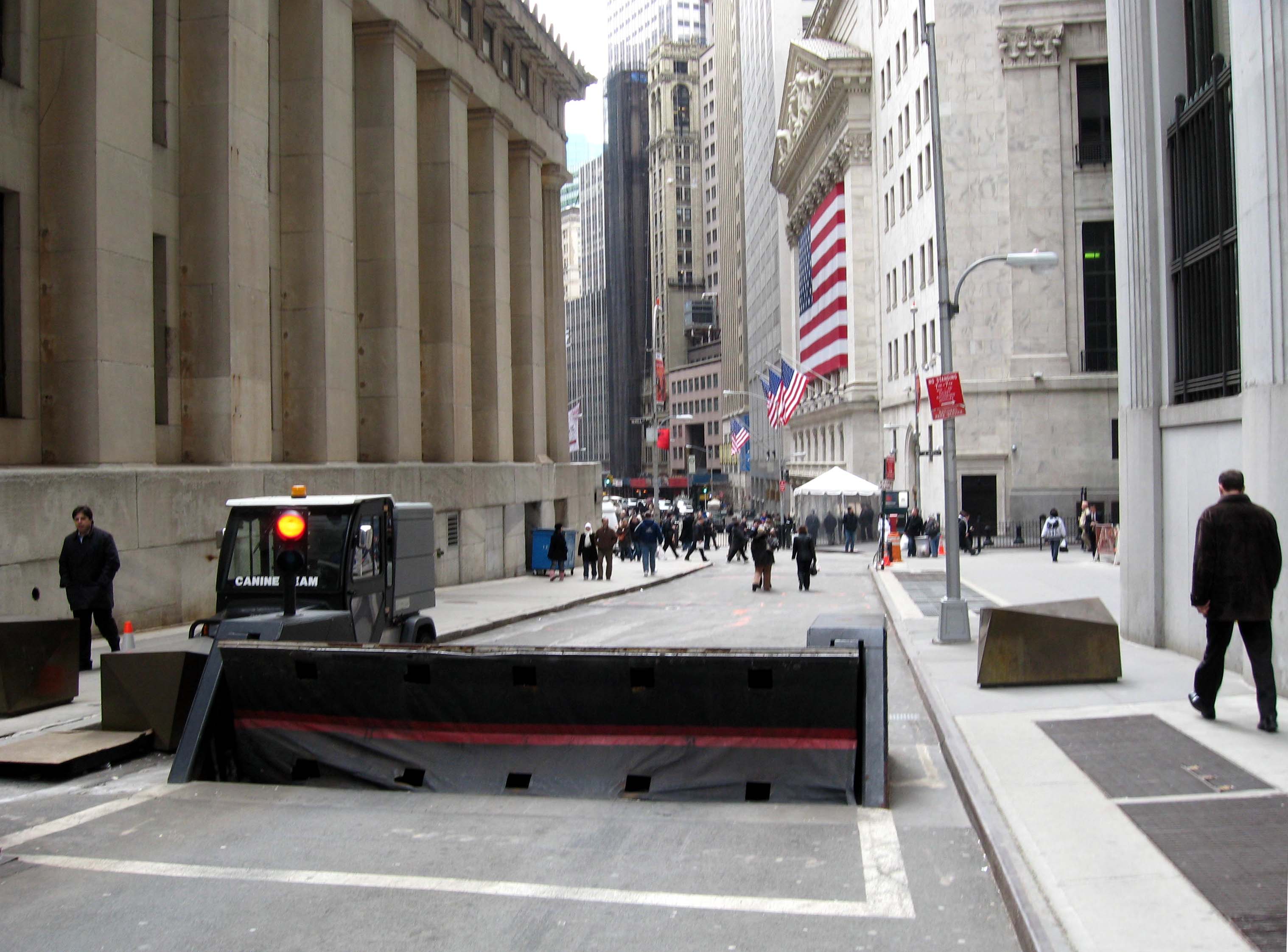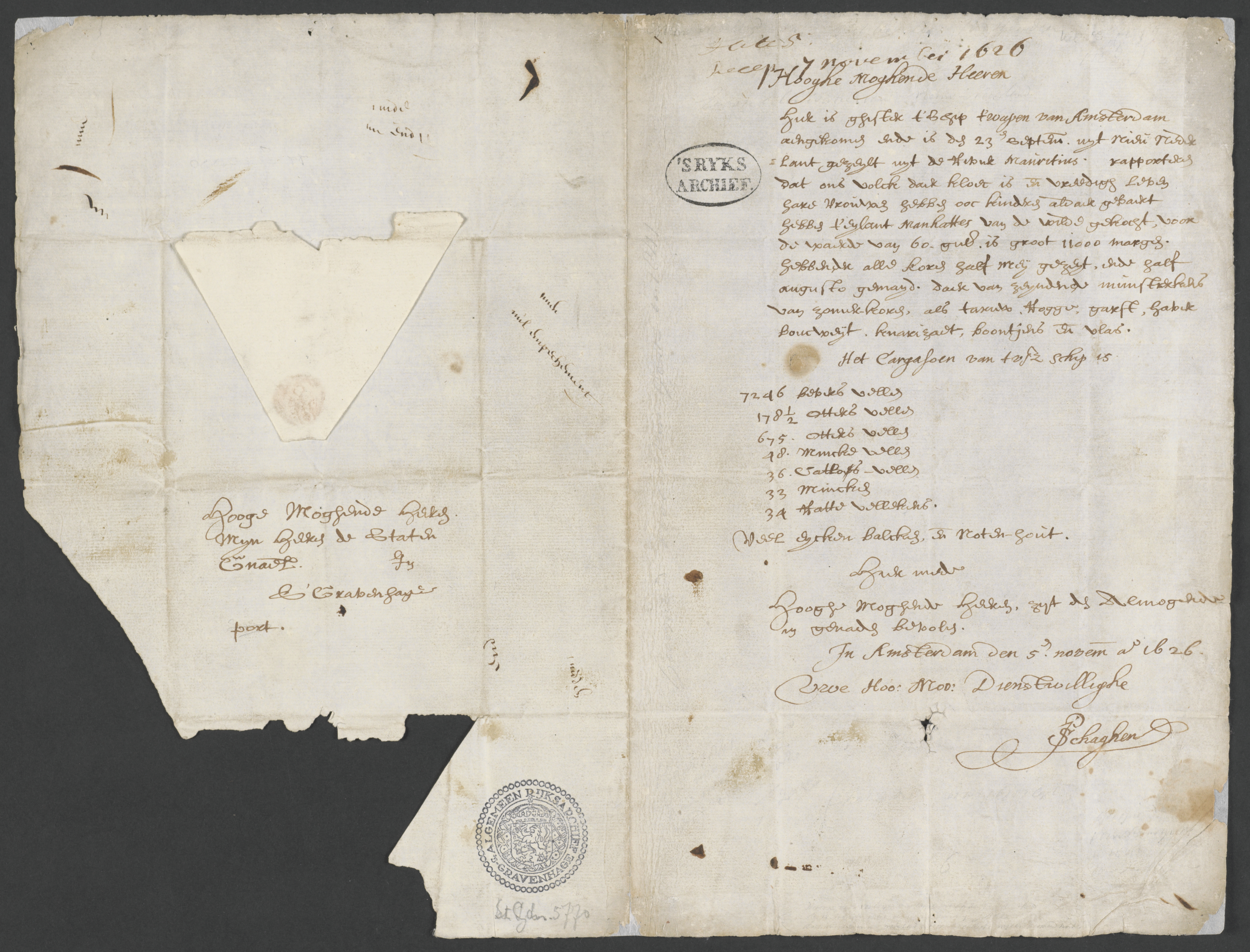|
City Hall (Manhattan)
New York City Hall is the seat of New York City government, located at the center of City Hall Park in the Civic Center area of Lower Manhattan, between Broadway, Park Row, and Chambers Street. Constructed from 1803 to 1812, the building is the oldest city hall in the United States that still houses its original governmental functions. The building houses the office of the Mayor of New York City and the chambers of the New York City Council. While the Mayor's Office is in the building, the staff of thirteen municipal agencies under mayoral control are located in the nearby Manhattan Municipal Building, one of the largest government buildings in the world, with many others housed in various buildings in the immediate vicinity. New York City Hall is a National Historic Landmark and is listed on the National Register of Historic Places. [...More Info...] [...Related Items...] OR: [Wikipedia] [Google] [Baidu] |
City Hall Park
City Hall Park is a public park surrounding New York City Hall in the Civic Center of Manhattan. It was the town commons of the nascent city of New York. History 17th century David Provoost came to New Netherland as early as 1638, probably with Governor Kieft. He held several positions and was appointed in 1652 as one of the nine men, elected by the people, to govern New Amsterdam He owned around where City Hall Park is now situated. 18th century During the pre-Revolutionary era City Hall Park was the site of many rallies and movements. For instance, in 1765, New Yorkers protested the Stamp Act of 1765 at the site. On March 18, 1766, New Yorkers rejoiced when the Stamp Act was repealed. In 1766, the Sons of Liberty erected the first “ Liberty pole", a commemorative mast topped by a vane featuring the word “liberty", outside the Soldiers’ Barracks. British soldiers chopped it down, and it was replaced five times. A replica dating to 1921 now stands near its ori ... [...More Info...] [...Related Items...] OR: [Wikipedia] [Google] [Baidu] |
National Historic Landmark
A National Historic Landmark (NHL) is a National Register of Historic Places property types, building, district, object, site, or structure that is officially recognized by the Federal government of the United States, United States government for its outstanding historical significance. Only some 2,500, or roughly three percent, of over 90,000 places listed on the country's National Register of Historic Places (NRHP) are recognized as National Historic Landmarks. A National Historic Landmark District may include many contributing properties that are buildings, structures, sites or objects, and it may also include non-contributing properties. Contributing properties may or may not also be separately listed as NHLs or on the NRHP. History The origins of the first National Historic Landmark was a simple cedar post, placed by the Lewis and Clark Expedition on their 1804 outbound trek to the Pacific Ocean in commemoration of the death from natural causes of Sergeant Charles Floyd (e ... [...More Info...] [...Related Items...] OR: [Wikipedia] [Google] [Baidu] |
Commons
The commons is the cultural and natural resources accessible to all members of a society, including natural materials such as air, water, and a habitable Earth. These resources are held in common even when owned privately or publicly. Commons can also be understood as natural resources that groups of people (communities, user groups) manage for individual and collective benefit. Characteristically, this involves a variety of informal norms and values (social practice) employed for a governance mechanism. Commons can also be defined as a social practice of governing a resource not by state or market but by a community of users that self-governs the resource through institutions that it creates. Definition and modern use The Digital Library of the Commons defines "commons" as "a general term for shared resources in which each stakeholder has an equal interest". The term "commons" derives from the traditional English legal term for common land, which are also known as "commons ... [...More Info...] [...Related Items...] OR: [Wikipedia] [Google] [Baidu] |
Federal Hall
Federal Hall was the first capitol building of the United States under the Constitution. Serving as the meeting place of the First United States Congress and the site of George Washington's first presidential inauguration, the building existed at the intersection of Wall and Broad streets in Lower Manhattan, New York City, from 1703 to 1812. The current site, at 26 Wall Street in the Financial District of Manhattan, is occupied by Federal Hall National Memorial, a Greek Revival–style building completed in 1842 as the Custom House. The National Park Service operates the building as a national memorial commemorating the historic events that occurred at the previous structure. The original, Federal-style structure on the site was built as New York's second City Hall from 1699 to 1703. The building hosted the 1765 Stamp Act Congress before the American Revolution. After the United States became an independent nation, it served as the meeting place for the Congress of the ... [...More Info...] [...Related Items...] OR: [Wikipedia] [Google] [Baidu] |
Nassau Street (Manhattan)
Nassau Street is in the Financial District, Manhattan, Financial District, within the borough (New York City), borough of Manhattan in New York City. Its southern end is at the intersection with Broad Street (Manhattan), Broad Street and Wall Street, and its northern end is at Spruce Street (Manhattan), Spruce Street, at Pace University near the foot of the Brooklyn Bridge. For its entire route, Nassau Street runs one block east of Broadway (Manhattan), Broadway and Park Row (Manhattan), Park Row. History Nassau Street was originally called Kip Street, after an Hendrick Hendricksen Kip, early Dutch settler family, but was subsequently named in honor of the royal family of the Netherlands, the House of Orange-Nassau. It was named some time before William III of England, William of Nassau, the Dutch prince who became King William III of England, so that is not the origin of the name, despite how easily it could be mistaken as such. Nassau Street once housed many of the city's news ... [...More Info...] [...Related Items...] OR: [Wikipedia] [Google] [Baidu] |
Wall Street
Wall Street is a street in the Financial District, Manhattan, Financial District of Lower Manhattan in New York City. It runs eight city blocks between Broadway (Manhattan), Broadway in the west and South Street (Manhattan), South Street and the East River in the east with a length of just under 2,000 feet. The term "Wall Street" has become a Metonymy, metonym for the financial markets of the United States as a whole, the Financial services in the United States, American financial services industry, New York–based financial interests, or the Financial District. Anchored by Wall Street, New York has been described as the world's principal fintech and financial center. The street was originally known in Dutch language, Dutch as ''Het Cingel'' ("the Belt") when it was part of New Amsterdam during the 17th century. An actual city wall existed on the street from 1653 to 1699. During the 18th century, the location served as a slave market and Security (finance), securities ... [...More Info...] [...Related Items...] OR: [Wikipedia] [Google] [Baidu] |
Pearl Street (Manhattan)
Pearl Street is a street in the Financial District in Lower Manhattan, running northeast from Battery Park to the Brooklyn Bridge with an interruption at Fulton Street, where Pearl Street's alignment west of Fulton Street shifts one block south of its alignment east of Fulton Street, then turning west and terminating at Centre Street. History 17th century Pearl Street takes its name from a prominent Lenape shell midden that was located on its southern section, and that may have also marked a Lenape canoe landing. The colonial history of Pearl Street dates back to the early 1600s. A cow path at first, it was laid out in 1633. It lay along a beachy area known as the Strand. Its name is an English translation of the Dutch Parelstraat (written as Paerlstraet around 1660). The street is visible on the Castello Plan along the eastern shore of New Amsterdam, together with Schreyers Hook Dock (cf. Amsterdam's Schreierstoren) built by Broad Canal as the city's first wharf in 16 ... [...More Info...] [...Related Items...] OR: [Wikipedia] [Google] [Baidu] |
Dutch Republic
The United Provinces of the Netherlands, commonly referred to in historiography as the Dutch Republic, was a confederation that existed from 1579 until the Batavian Revolution in 1795. It was a predecessor state of the present-day Netherlands and the first independent Dutch people, Dutch nation state. The republic was established after seven Dutch provinces in the Spanish Netherlands Dutch Revolt, revolted against Spanish Empire, Spanish rule, forming a mutual alliance against Spain in 1579 (the Union of Utrecht) and declaring their independence in 1581 (the Act of Abjuration). The seven provinces it comprised were Lordship of Groningen, Groningen (present-day Groningen (province), Groningen), Lordship of Frisia, Frisia (present-day Friesland), Lordship of Overijssel, Overijssel (present-day Overijssel), Duchy of Guelders, Guelders (present-day Gelderland), lordship of Utrecht, Utrecht (present-day Utrecht (province), Utrecht), county of Holland, Holland (present-day North Holla ... [...More Info...] [...Related Items...] OR: [Wikipedia] [Google] [Baidu] |
New Amsterdam
New Amsterdam (, ) was a 17th-century Dutch Empire, Dutch settlement established at the southern tip of Manhattan Island that served as the seat of the colonial government in New Netherland. The initial trading ''Factory (trading post), factory'' gave rise to the settlement around Fort Amsterdam. The fort was situated on the strategic southern tip of the island of Manhattan and was meant to defend the fur trade operations of the Dutch West India Company in the North River (Hudson River). In 1624, it became a provincial extension of the Dutch Republic and was designated as the capital of the province in 1625. New Amsterdam became a city when it received Town privileges, municipal rights on February 2, 1653. By 1655, the population of New Netherland had grown to 9000 Dutch people, with 1,500 living in New Amsterdam. By 1664, the population of New Netherland had risen to almost 9,000 people, 2,500 of whom lived in New Amsterdam, 1,000 lived near Fort Orange (New Netherland), F ... [...More Info...] [...Related Items...] OR: [Wikipedia] [Google] [Baidu] |
New York City Landmarks Preservation Commission
The New York City Landmarks Preservation Commission (LPC) is the Government of New York City, New York City agency charged with administering the city's Historic preservation, Landmarks Preservation Law. The LPC is responsible for protecting New York City's architecturally, historically, and culturally significant buildings and sites by granting them landmark or historic district status, and regulating them after designation. It is the largest municipal preservation agency in the nation. , the LPC has designated Lists of New York City landmarks, more than 37,800 landmark properties in all Boroughs of New York City, five boroughs. Most of these are concentrated in historic districts, although there are over a thousand individual landmarks, as well as numerous interior and New York City scenic landmarks, scenic landmarks. Mayor Robert F. Wagner Jr. first organized a preservation committee in 1961, and the following year, created the LPC. The LPC's power was greatly strengthened af ... [...More Info...] [...Related Items...] OR: [Wikipedia] [Google] [Baidu] |







